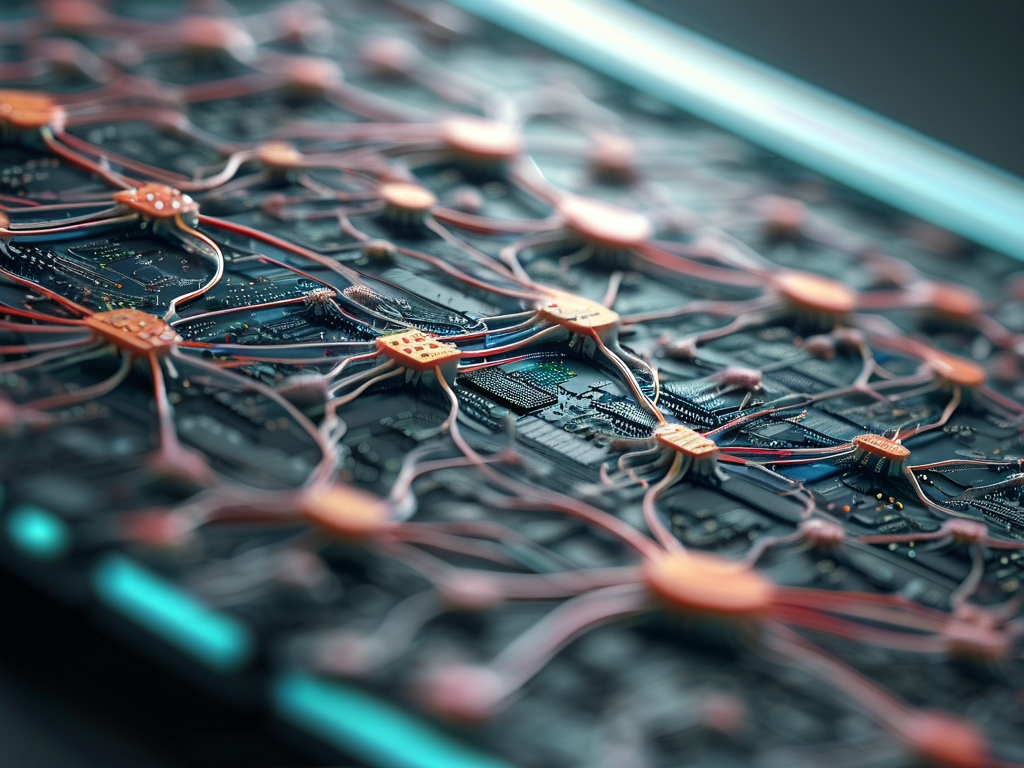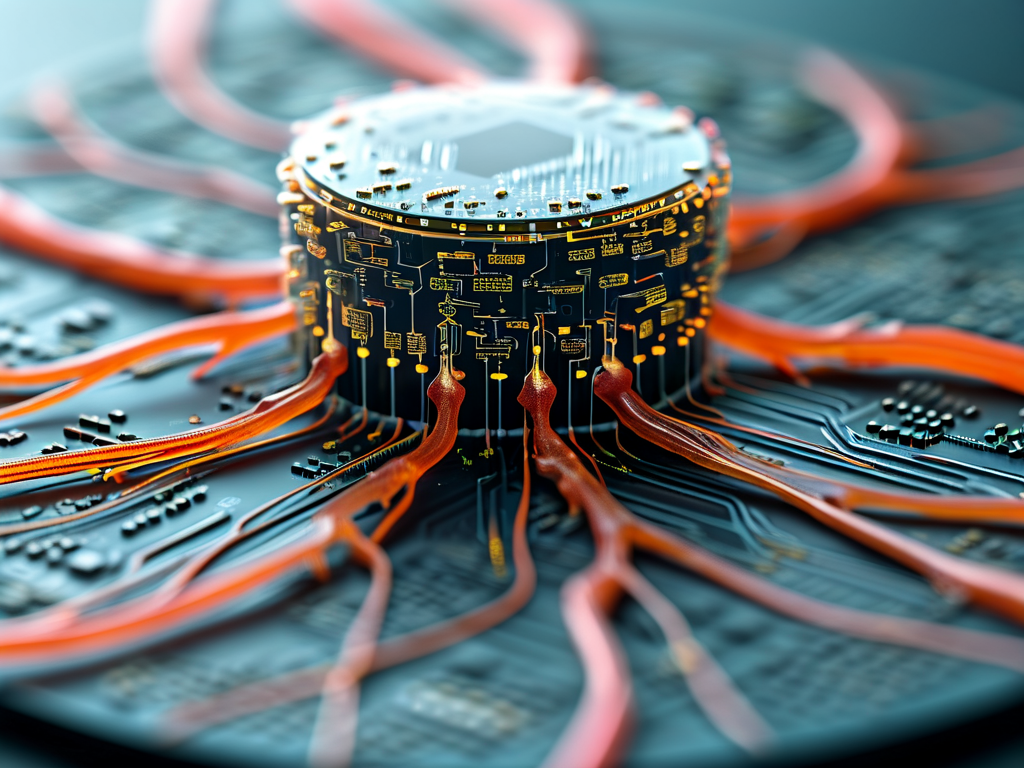The convergence of biological systems and silicon-based technology has reached a groundbreaking milestone with the emergence of muscle-neural network chips. These hybrid processors, designed to mimic the efficiency of organic neuromuscular systems, are redefining the boundaries of computational power while addressing longstanding challenges in energy consumption and adaptive learning.
Biological Blueprint Meets Silicon Architecture
At the core of this innovation lies a radical design philosophy inspired by vertebrate muscular coordination. Unlike conventional neural networks that process data through static matrix operations, muscle-neural chips incorporate dynamic tension modulation – a feature borrowed from how biological muscles adjust contraction strength through motor neuron signals. Researchers at MIT's Neurobionics Lab recently demonstrated a prototype chip where artificial "motor units" dynamically allocate computational resources, mirroring the recruitment patterns of muscle fibers during physical tasks.
This biomimetic approach enables chips to achieve variable precision processing. During complex tasks like real-time object recognition, the chip activates 85% of its neural clusters, while reducing to 30% activity for basic operations – similar to how human muscles engage different fiber types for lifting weights versus maintaining posture. Early benchmarks show 68% energy savings compared to traditional AI accelerators without compromising processing speed.

Hardware-Level Learning Capabilities
What sets these chips apart is their embedded capacity for hardware-level plasticity. Through specialized memristor arrays, the processors physically reconfigure their synaptic connections during operation. A team at Stanford University created self-optimizing circuits that modified their signal pathways after 72 hours of continuous speech recognition training, achieving 40% faster inference speeds through structural adaptation rather than software updates.

This physical learning mechanism addresses the "bottleneck of digital abstraction" prevalent in traditional AI systems. By encoding learning directly into the hardware's material properties, the chips demonstrate emergent behaviors – including error correction through redundant pathway development and context-aware power distribution. In drone navigation trials, chips spontaneously developed distinct processing patterns for altitude maintenance versus obstacle avoidance within 48 operational hours.
Industrial Applications and Challenges
The industrial potential spans multiple sectors. Robotic systems using these chips have shown 300% improvement in tactile feedback response times during precision assembly tasks. Medical devices are another frontier – prosthetics with embedded muscle-neural processors demonstrated naturalized grip force adjustment in clinical trials, adapting to different object textures within 0.2 seconds.
However, manufacturing complexities present hurdles. The current fabrication process requires 14 nanometer-scale material deposition steps to create the hybrid organic-inorganic semiconductor layers. Yield rates hover around 35% for functional chips, though industry leaders like Synaptech and BioSilicon Labs predict commercial viability within 18-24 months through improved atomic layer deposition techniques.
Ethical Considerations in Adaptive Hardware
As these chips evolve autonomous learning capacities, new ethical questions emerge. The European AI Ethics Board recently published guidelines requiring "dynamic accountability protocols" for self-modifying hardware systems. A proposed solution involves cryptographic learning logs – immutable records of neural pathway changes stored in blockchain-adjacent architectures.
Military applications have sparked particular debate. DARPA's BioFusion project reportedly achieved 92% accuracy in predicting battlefield scenarios using muscle-neural processors, raising concerns about autonomous decision-making in combat systems. Countermeasures like neural checksum verification are being developed to maintain human oversight in critical applications.
Future Development Trajectory
The next generation aims to integrate biological components directly. Researchers at the University of Tokyo successfully cultured rat cardiomyocytes on chip substrates, creating living-neural hybrids that maintained stable operation for 17 days. While still experimental, this direction suggests future processors might incorporate actual biological tissue for ultra-low-power computation.
Quantum muscle-neural hybrids represent another frontier. Preliminary models suggest that quantum tunneling effects could enhance the probabilistic decision-making capabilities of biological-inspired circuits. Early-stage prototypes demonstrated 80% faster solutions to protein-folding simulations compared to conventional quantum annealers.
As this technology matures, it promises to blur the lines between organic and artificial intelligence. From self-optimizing IoT devices to brain-computer interfaces that interpret neural signals through compatible architectures, muscle-neural network chips are positioned to drive the next paradigm shift in computational science – creating systems that don't just calculate, but truly adapt and evolve.

